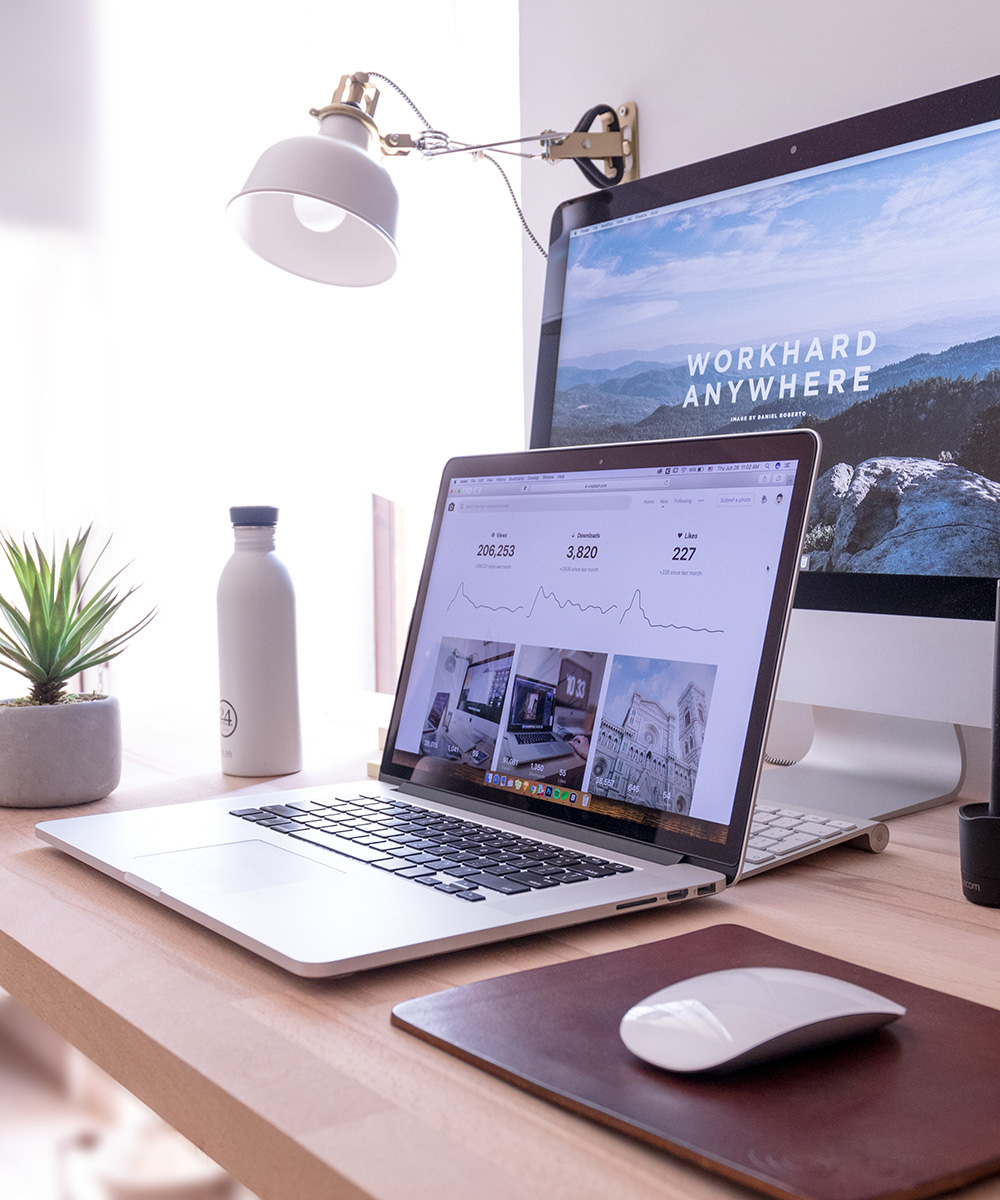The Ideal Digital User Experience
Our software client recognized the crucial role their website plays in driving business growth and maintaining customer loyalty. To ensure that their existing and prospective customers have a positive and rewarding online experience, the client sought to gather feedback from end-users on several website design concepts. By identifying what features, design elements, and user experiences resonate with their target audience, the client can develop a website that not only meets their current customers’ needs and preferences but also provides a satisfying and successful experience for new or prospective customers.
Using an agile methodology, we gathered input from end-users over five iterative sessions, testing concept designs on aesthetic, organizational, and functional components using static and interactive prototypes. By toggling between moderator-guided and participant hands-on interaction, we observed and evaluated specific task-based elements and provided real-time feedback to the design teams which allowed them to implement any changes prior to subsequent sessions. Our flexible approach ensured that the final product met the client’s business goals.
Our research identified key user preferences and assessed the impact of various design elements on website usability, including aesthetics, information architecture, features, and functionality. By incorporating this feedback into the development process, we helped the client create a website that effectively met the needs of their current and prospective customers. Prioritizing user preferences and refining design elements based on our research findings enabled the client to drive growth and maintain customer loyalty through their online presence.


